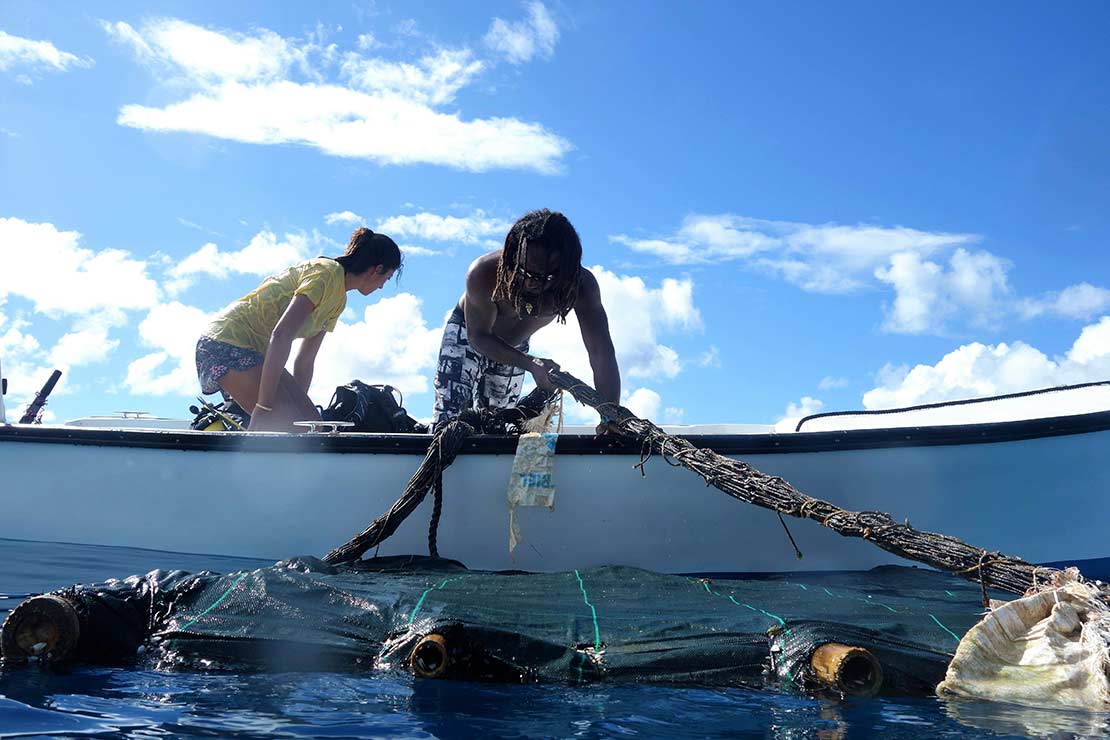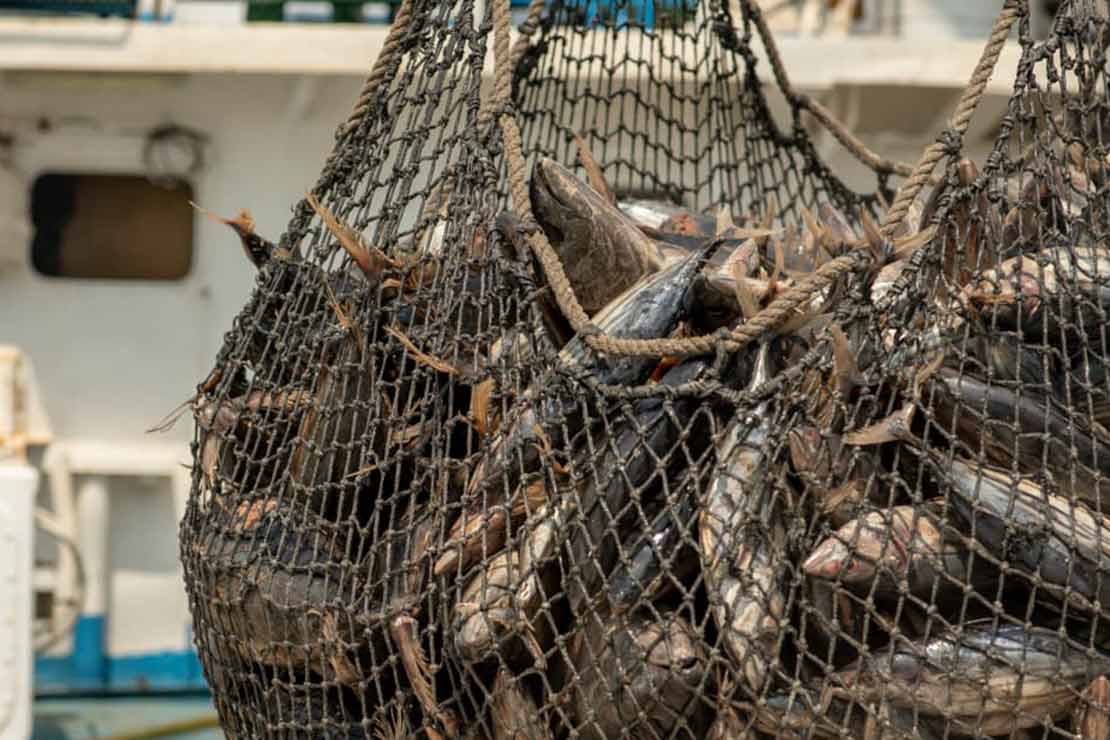Eastern Pacific Ocean Tuna Purse Seine
OPAGAC
MSC Certified: December 8, 2021
Last Updated: July 2022
After working for several years with WWF, OPAGAC—an amalgamation of nine Spanish purse seine tuna companies—entered the Marine Stewardship Council (MSC) full assessment process in September 2020, and received MSC certification on December 8, 2021.
In the tropical waters of the Eastern Pacific Ocean, OPAGAC represents 14 purse seine vessels, catching approximately 10% the region’s total tropical tuna catch. Most of the fleet’s tuna is processed in regional facilities with the canned product exported to markets in Europe. The vessels in this fishery operate under the jurisdiction of the Inter-American Tropical Tuna Commission (IATTC).
The active involvement of FIP Stakeholders, including Eastern Pacific Ocean tropical tuna-purse seine (TUNACONS), International Seafood Sustainability Foundation (ISSF), Areas Beyond National Jurisdiction (ABNJ), Pew Charitable Trusts, AZTI, the Spanish Institute of Oceanography (IEO) and the Spanish Secretary-General for Fisheries (SGP), drove improvements against the Marine Stewardship Council (MSC) standard.

© Pep Nogués, ICS
GOALS ACHIEVED
FIPs provide a step-by-step approach to bring fishery management practices up to the MSC standard. With support from FIP participants and FIP stakeholders, the FIP achieved several important goals that enabled it to earn certification, including:
FIP PARTICIPANTS
We encourage action across the supply chain to support FIP progress. A FIP Participant is an industry member that is part of the seafood supply chain for the FIP product and is actively engaged in supporting the FIP.

©Kyle LaFerriere / WWF-US
Get FIP Updates Delivered Straight to Your Inbox
October 3, 2019
Do you want to receive monthly updates on how your favorite FIPs are coming along? FisheryProgress.org subscribers can use the “Follow This FIP” tool to receive monthly emails from FisheryProgress highlighting major changes in the improvement projects they choose to follow.



